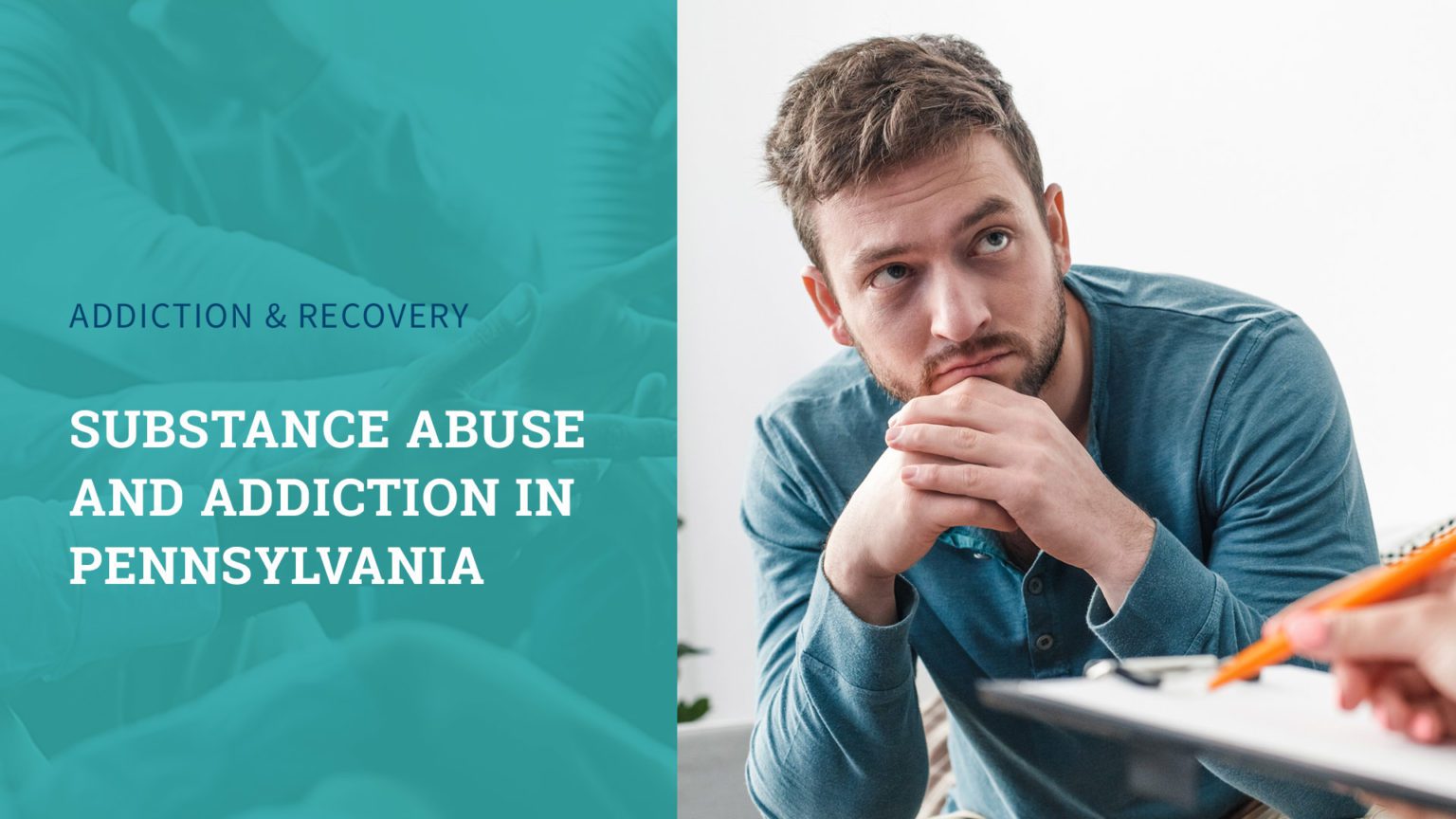
Although there are glimmers of hope, Pennsylvania continues to lose too many of its citizens to drug overdose. According to the National Institute on Drug Abuse (NIDA), the overdose death rate increased significantly from 2016 to 2017, from 37.9 to 44.3 deaths per 100,000 people.
This overdose rate, which is associated primarily with opioid drugs, is nearly double the current national average of 21.7 deaths per 100,000 people.
Reason for Optimism: A Little Good NewsAlthough the state has a long, uphill battle ahead, recent data may give Pennsylvanians some hope. According to preliminary data published by the Centers for Disease Control (CDC), opioid-related deaths in Pennsylvania decreased by 18 percent from 2017 to 2018.
Medical providers in Pennsylvania are also writing fewer prescriptions for opioid painkillers, or about 57.7 for every 100 people. This is slightly less than the national average of 58.7, but more importantly, marks a significant drop from the astronomical rate of 83.3 prescriptions per 100 people written in Pennsylvania in 2012.
Next StepsPennsylvania’s future is still uncertain when it comes to prescription drugs. According to the Drug Enforcement Administration (DEA), stricter rules for prescribing medication has created a noticeable reduction in availability, but demand for opioid medication is still high.
Although the majority of prescription painkillers are written for legitimate medical reasons, they often find their way into the wrong hands. Opioids such as oxycodone and hydrocodone are still widely available.
Counterfeit drugs, typically mixtures of fentanyl and heroin, manufactured to look like legitimate medications, are a growing problem in Pennsylvania and across the nation.
Fentanyl and Heroin in PennsylvaniaNIDA reports that the sharp uptick in overdose deaths in recent years has involved synthetic opioids, primarily fentanyl.
Fentanyl is a powerful drug with legitimate purposes as a treatment for severe pain and is often prescribed following surgery, or to relieve pain associated with cancer. It is approximately 100 times more potent than morphine. Medically prescribed fentanyl is available in several forms, including injections, nasal sprays, lozenges, dissolvable tablets, and lollipops.
According to the DEA, prescription fentanyl generally isn’t a substance abuse problem because only small amounts are misused, typically in the form of lozenges or patches. The concern is fentanyl imported from China directly or funneled from China through Canada or Mexico.
Fentanyl is roughly 50 times more potent than heroin and is more difficult to detect. It is also easy to make in labs because no opium poppy plants are involved.
Not surprisingly, the drug is highly attractive to drug dealers who increase profit by mixing heroin with fentanyl, or by selling pure fentanyl as heroin. While traffickers make more and more money, unsuspecting buyers are at an increasingly higher risk of overdose.
The DEA notes that Mexican and South American criminal organizations work with traffickers and distributors to satisfy the high demand for heroin in nearly every county in Pennsylvania.
Working to Stem the Tide of Substance Abuse and Addiction in PennsylvaniaIn response to the opioid crisis, the Commonwealth of Pennsylvania has taken the following proactive steps to help turn the tide and restore health and balance to the individuals, families, and communities:
- Pennsylvania’s Prescription Drug Monitoring Program (PDMP), was signed into law in 2014 and took effect in 2016. The program has resulted in a significant decline in doctor shopping, a tactic used by people who contact five or more doctors and five or more pharmacies in a three-month period.
- In early 2019, Pennsylvania Governor Wolf issued a disaster emergency for the state’s opioid epidemic, for the sixth time. The designation, usually reserved for national disasters, provides greater access to the prescription drug monitoring program, improves tools for first responders, loosens regulations, and provides more assistance for people battling the opioid epidemic.
- KinConnector is a helpline for families caring for family members, such as grandparents, aunts and uncles or older siblings who are caring for a child due to the addiction of a parent. KinConnector assists in several ways, such as connecting caregivers to various support services, helping with applications for federal, state or local benefits, or enrolling a child in school.
- In late 2018, Pennsylvania secured a $55.9 million grant from the Substance Abuse and Mental Health Services Administration (SAMHSA). The money will be used to fund a comprehensive program that addresses education, prevention, treatment, recovery, and training.
Naloxone, a life-saving drug marketed as Narcan, is becoming more available across the state, thanks to greater efforts on the part of Pennsylvania’s policymakers. Naloxone has only one function: to prevent death by opiate-associated overdoses. When given to a person in respiratory distress, it can restore breathing in two to eight minutes.
According to the Commonwealth of Pennsylvania, a friend or family member of a person who uses opiates can get a prescription from a medical provider. Alternatively, they can use a standing order available on the Pennsylvania Department of Health website. The standing order, basically a prewritten prescription for naloxone, is also available at many pharmacies.
Thanks to occasional statewide giveaways, thousands of free kits are in the hands of people who need it. The Pennsylvania Pressroom reports more than 21,000 doses have been administered.
Treatment for Substance Abuse and Addiction: It WorksIf you’re living with an alcohol, substance, or opioid use disorder, or concerned about a peer, friend, or loved one, it’s critical to seek treatment as soon as possible.
Quality treatment offers a variety of therapeutic approaches, such as individual and group counseling, family therapy, stress management techniques, and plans for relapse prevention. Many treatment providers like Pinnacle Treatment Centers offer medication-assistant treatment, which minimizes cravings and other withdrawal symptoms, thus helping people remain in treatment longer.
If you aren’t sure how to find a treatment provider in your area, SAMHSA offers a Treatment Services Locator at https://findtreatment.samhsa.gov/. Or, visit our website to review our 13 addiction treatment programs through the state.













